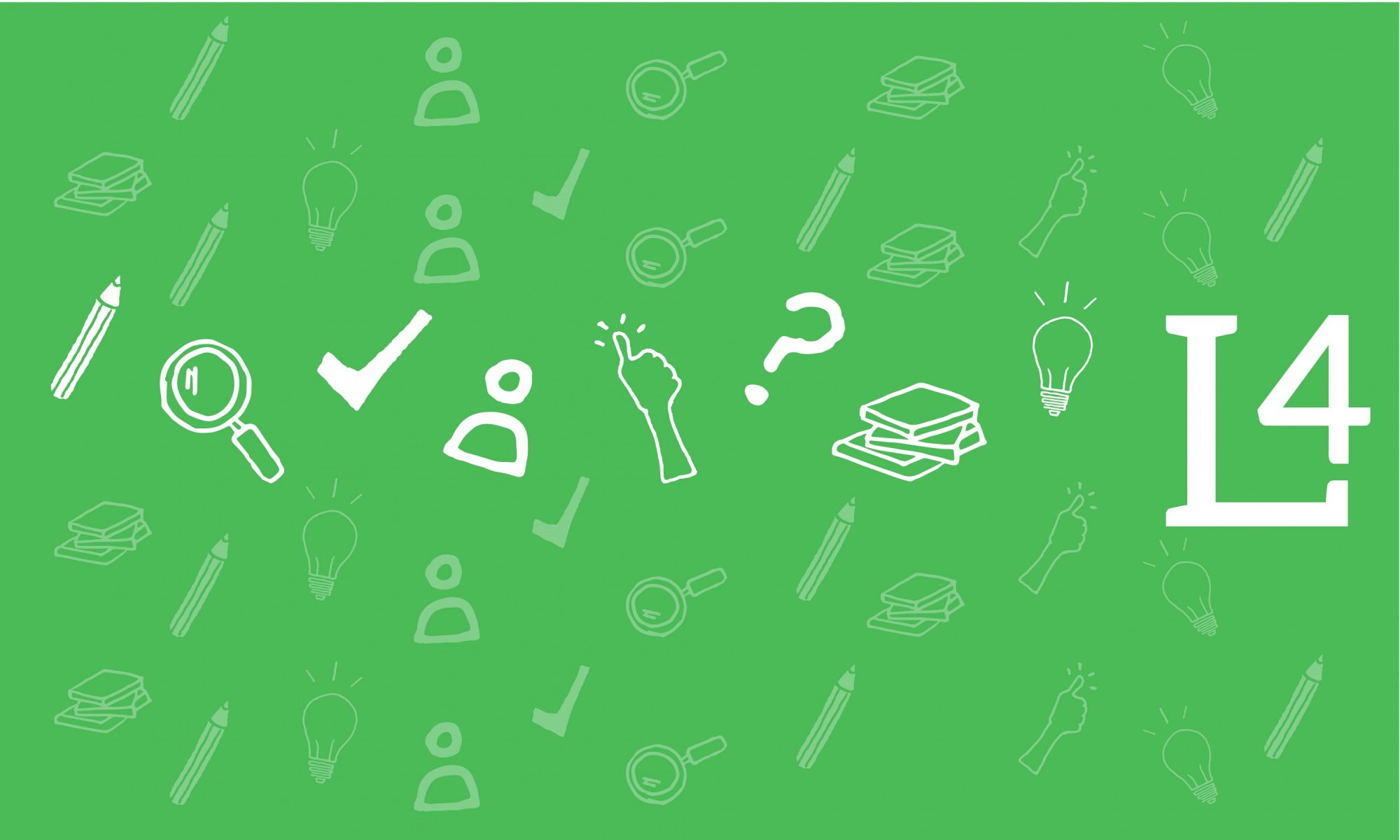Promoting the SBAR Communication Tool with Nursing Students
Konstantina Caris
New York City College of Technology/Nursing
NUR-1110/Caring for Clients with Common Alterations in Functional Needs
Activity Description: Provide a brief description of the activity
Knowing that patient handover is often poorly performed, with critical detail being omitted and irrelevant information included at patient handoff this activity stresses on implementing the use of the ISBAR tool with nursing students during clinicals. SBAR stands for situation (clearly and briefly describe the current patient’s situation), background (provide clear, relevant background information on the patient), assessment (state your professional conclusion, based on the situation and background), and recommendation (telling the person with whom you’re communicating what would you recommend correcting the problem).
This format ensures clinicians communicating significant information in continuity of patient care, preventing errors and harm in hospital settings or community settings. It provides a standardized approach to communication which is a core skill that needs to be taught to nursing students and junior clinicians. It highlights key elements and explores teaching techniques that aim to ensure the framework is rooted in practice effectively resulting in patient’s safety and better patient outcomes.
Learning Goals: What do you aim to achieve with this activity?
The goal of this activity is to develop the student’s critical thinking and communication skills during patient’s handover by following the SBAR format. The need to assess, understand, analyze, prioritize patient health issues, and recommend solutions, is imperative among clinicians in healthcare. Communicating accurate patient information from team to team is an essential component of good patient care, effective management of the patient’s condition, and teamwork. However, critical thinking skills does not happen overnight. Students need to practice this format constantly during clinical rotations to enhance critical thinking and communication skills and at the same time prevent patient errors.
Timing: At what point in the lesson or semester do you use this activity? How much classroom time do you devote to it? How much out-of-class time is expected?
This activity was implemented step by step during clinical rotations the entire semester. For two weeks we devoted 60 minutes learning and understanding the importance of the SBAR tool and how it works.
Next, for four clinical days students practiced the format taking into consideration the information they obtained while caring and assessing assigned patients. Their report emphasized on the patient’s main problem, on communicating appropriate patient’s history, the right examination/observation, and creating a clear recommendation.
At midsemester, while each student gave report, the other students listen and observed. At post conference they had the opportunity to critique the report by asking questions, make suggestions, and reflect if the sequence of the SBAR format was followed. For example: “If the student highlighted key elements of effective clinical information”, “Did they give excess information or too little”, “How did they feel being the presenter as opposed to observer”, or “What they would have done differently and why”. This activity took between 30-45 minutes.
Logistics: What preparation is needed for this activity? What instructions do you give students? Is the activity low-stakes, high-stakes, or something else?
This is an ongoing interactive high stakes assignment where the instructor assigned a patient to the student to assess and care the entire clinical day. During this time the student must think critically when deciding what patient information should be communicated to other healthcare professionals according to their assessment, knowledge, analysis, problem solving, and reflection. Practicing the ISBAR format during nursing clinicals increases their capacity to share key information, be mindful of their role as well as their team members, enhance their confidence on patient assessments, and implement optimal patient interventions.
Assessment: How do you assess this activity? What assessment measures do you use? Do you use a VALUE rubric? If not, how did you develop your rubric? Is your course part of the college-wide general education assessment initiative?
High stakes assignment=level of engagement.
Students who observed as well as the instructor had to complete a four-point scale ranging “Not performed the SBAR format competently”, to “Able to perform format under minimal direction”. Student’s performance focused on “What is going on with the patient”, “ What was the patient’s clinical background or context”, “If appropriate assessment/observation was done”, and “ What would they recommend to correct the problem”.
Reflection: How well did this activity work in your classroom? Would you repeat it? Why or why not? What challenges did you encounter, and how did you address them? What, if anything, would you change? What did students seem to enjoy about the activity?
A continuous effort to stress the importance to communicate key elements of effective clinical handover emphasized during clinicals with nursing students. By following the use of the SBAR format during clinical, prepares them not only for the clinical demands of the job, but also focuses on their critical thinking and communication skills that are so important for improving patient outcomes and recognizing a decline in a patient’s condition. At the same time instructors can explore teaching techniques that aim to ensure the framework is embedded in practice effectively.
Involving students to learn a structured way to communicate relevant patient information to other healthcare professionals was challenging due to overwhelming nursing material they had to cover during their semester. However, at the end of their clinicals they expressed that the SBAR format helped them organize patient information in a structured way saving time. Prioritizing on what information should they handover was also challenging because they had to focus on what is going on currently and taking into consideration patient’s general health status.
Additional Information: Please share any additional comments and further documentation of the activity – e.g. assignment instructions, rubrics, examples of student work, etc. These can be links to pages or posts on the OpenLab.
SBAR
Situation-Background-Assessment-Recommendation
Example
Mr. Barnes is a 72 y/o admitted to the oncology unit yesterday for his 5th cycle of in-patient chemotherapy for gastric cancer. He has a fever of 102.5 F. He’s receiving a continuous 48-hour infusion of Oxaliplatin and 5-FU. other than the fever, his vital signs are all normal: BP 124/64, HR 62, RR16, O2 98%. He has no complaint of pain or discomfort, NKA. As the primary nurse you’re concerned about the fever and neutropenia. You would like and order for Tylenol, blood cultures, and a CBC.
Organized structured format for SBAR
Situation-Background-Assessment-Recommendation
S=This is Jane Doe, the primary nurse for Mr. Barnes, on the medical oncology unit. He is febrile, 102.5 F.
B- He was admitted yesterday for his 5th cycle of in-patient chemotherapy for gastric cancer. He’s receiving a continuous 48 hors infusion of Oxaliplatin and 5-FU. He has no known allergies.
A-Other than the fever, his vital signs are all normal: BP 124/64, HR 62, RR 16,02 98%. He has no complaint of pain or discomfort.
R- I am concerned about the fever and neutropenia, I recommend an order for Tylenol, blood cultures, and a CBC. Is there anything ales you would recommend at this time?
Please share a helpful link to a pages or post on the OpenLab



